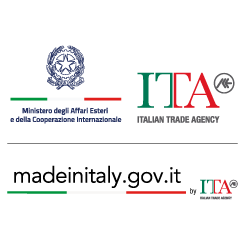The race was first organised in 1905, based on an idea by the journalist Tullo Morgagni. Reportedly, the purpose was to give Pierino Albini the chance to confront Giovanni Cuniolo and have his immediate revenge, after being defeated in the Coppa del Re. That first and storied edition was won by Giovanni Gerbi, instead, 40 minutes ahead of Giovanni Rossignoli and Luigi Ganna. La Gazzetta dello Sport has been organising the event since 1907.
For nearly 70 years, when the World Championship were held in late summer, between August and September, the race was referred to as the “Autumn World Championship”. Il Lombardia later lost this special ‘role’ following the UCI’s decision to change the international cycling calendar (scheduling the Giro d’Italia in May, the Vuelta a España in September and the World Championships in October). It continued throughout the First World War, but was stopped in 1943 and in 1944, during World War II.





























